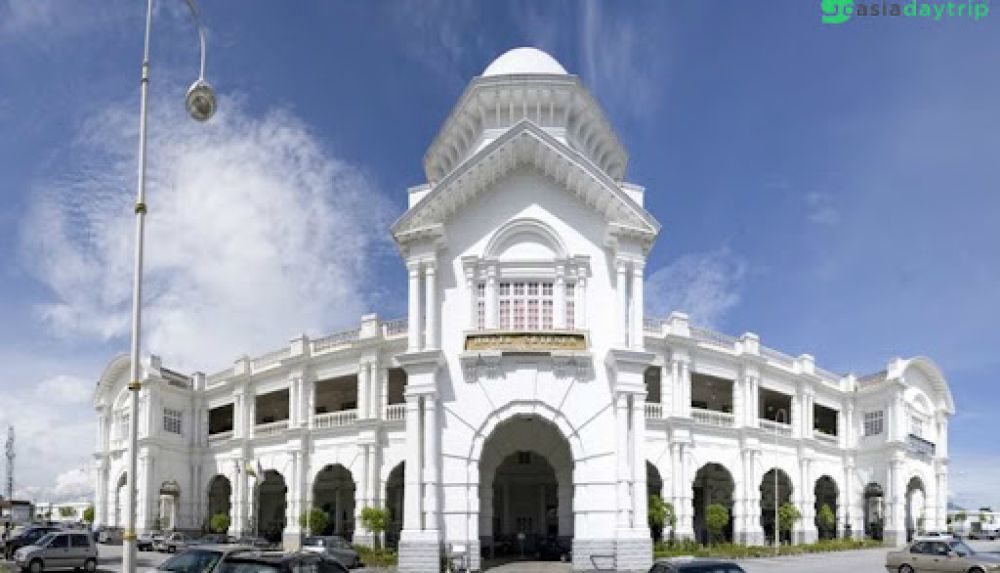

Ipoh, the capital city of Perak State, started as a small village with a prominent tin mining industry in the 19th and 20th centuries. With the wealth that flowed from the rich tin deposits, the city blossomed into a bustling hub featuring grand colonial architecture, which has since then laid a historic foundation for its tourism appeal.
The tin mining boom brought British colonialists to the area, who left behind a trove of beautiful colonial buildings that became a major draw for those interested in history and architecture. Historic sites like the Ipoh Railway Station and the Birch Memorial Clock Tower became points of interest. The surrounding limestone cliffs and caves, such as Kek Lok Tong Cave Temple and Perak Cave Temple, positioned Ipoh as a geographical and spiritual excursion site for both local and foreign visitors.
After the decline of the tin industry, Ipoh experienced quieter years in terms of tourism. It wasn't until the early 2000s that Ipoh began to be rediscovered by travelers, hailed as a quieter alternative to bustling Kuala Lumpur or the colonial charm of Penang. Tourists sought the sleepy, nostalgic feel of Old Town Ipoh, where a new wave of cafes, boutique hotels, and murals gave it a fresh, artistic vibe.
In recent years, Ipoh's tourism has seen significant diversification. Adventure tourism gained prominence with treks, rock climbing, and caving in the surrounding limestone outcrops. Gastronomy also became a stellar pull factor, with Ipoh's food—particularly white coffee, bean sprouts chicken, and kaya puffs—gaining national fame.
A growing trend in Ipoh's tourism is the focus on eco-tourism and sustainability. Visitors are increasingly drawn to Ipoh's efforts in preserving its natural habitat and promoting its beautiful landscapes, such as the UNESCO World Heritage site of Lenggong Valley and the biodiversity-rich Royal Belum State Park.
Cultural tourism has also gained traction with events and festivals celebrating local arts and heritage. The Ipoh International Arts Festival, for example, showcases local and international performances, art exhibitions, and cultural exchanges that draw culturally savvy travelers.
Furthermore, the government and local communities in Ipoh have recently intensified their efforts in revitalizing old neighborhoods and preserving heritage sites. Such conservation work has not only beautified the city but has also raised awareness and appreciation for its history, contributing to a significant increase in the number of heritage tourism enthusiasts within the city.
With the rise of the digital nomad lifestyle, Ipoh has become a popular destination for those looking for an affordable place to live and work, thanks to its laid-back atmosphere, good internet connectivity, and evolving creative scene. This has brought a different type of visitor to Ipoh's region, favoring longer stays and deeper community engagement.
Ipoh has successfully transformed from a mining town to a vibrant tourist destination, maintaining the charm of its storied past while embracing new trends in tourism. Whether through the allure of its heritage, the taste of its cuisine, or the adventure in its natural landscapes, Ipoh continues to captivate travelers from around the world, promising continued growth and dynamic evolution in its tourism sector.